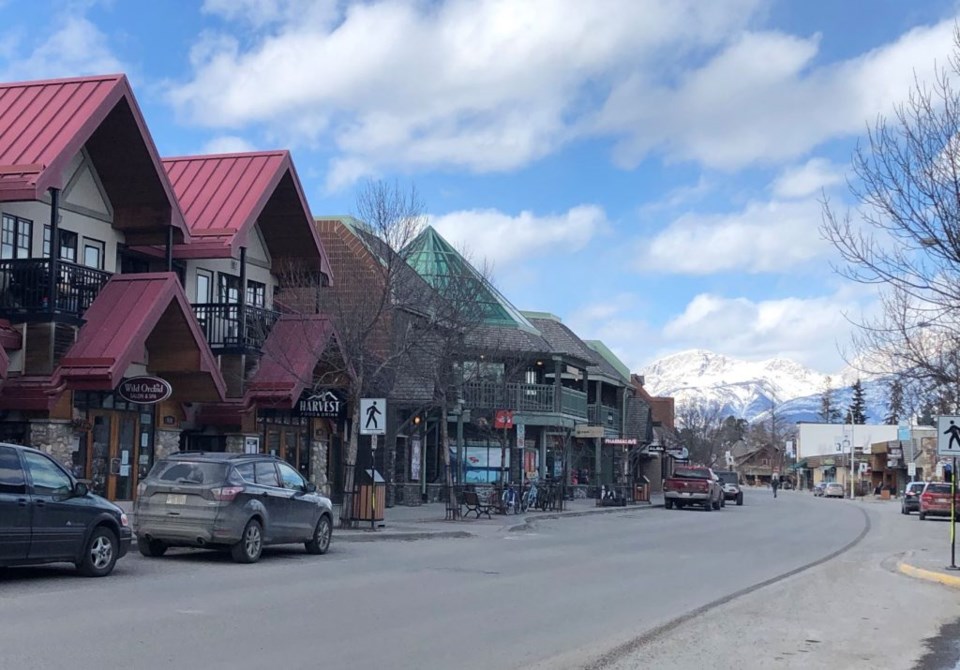Jasper Municipal Council is leaning toward maintaining the 5:1 tax rate ratio between the business community and residential homeowners this year.
Under the Alberta Municipal Government Act, municipalities can set non-residential and residential tax rates independent of one another.
In 2016, the Alberta government amended the act so that the highest non-residential rate could be no more than five times the lowest residential rate.
In 2021, the Municipality of Jasper moved from a 5.1:1 ratio to 5:1 to comply with the new requirements.
The business community has previously pushed for reducing the tax split to ensure equitable taxation, with the Jasper Park Chamber of Commerce and the Jasper Hotel Association lobbying council back in 2021.
A 2022 report on tourism-based communities found that of 33 comparable municipalities, Jasper has the lowest residential property taxes per dwelling.
Non-residential property owners, meanwhile, carried a much larger proportion of the tax burden in Jasper than in the comparator communities with Jasper having the second highest non-residential property taxes per business.
By contrast, the Town of Canmore’s position on residential property taxes was around the average of the comparator communities.
The report added how Jasper could generate another $1.1 million by targeting residential property taxes.
Administration warned that Jasper’s relatively low residential tax rates may hinder advocacy for new revenue sources or tourism-based community status.
The Municipality of Jasper requires $11,082,697.03 in property taxes to fund the 2024 budget, representing a net tax increase of $875,968.82 over the 2023 year.
Under the current ratio, non-residential would pay $8,333,431.37, residential would pay $2,707,984.13 and Lake Edith would pay $41,281.53.
Committee recommended unanimously that council maintain the current tax ratio for 2024, with a final decision expected next week.
Mayor Richard Ireland said this was a complicated matter and should not be rushed.
He added how and the municipality should find ways for visitors to help cover the $6.5 million the municipality spends on supporting visitor populations.
“It is challenging for me to see any fair way to pass that on to residents as residents,” Ireland said.
He added how most non-residential taxpayers paid through a business or corporation, meaning they could pay their taxes with pre-tax dollars.




